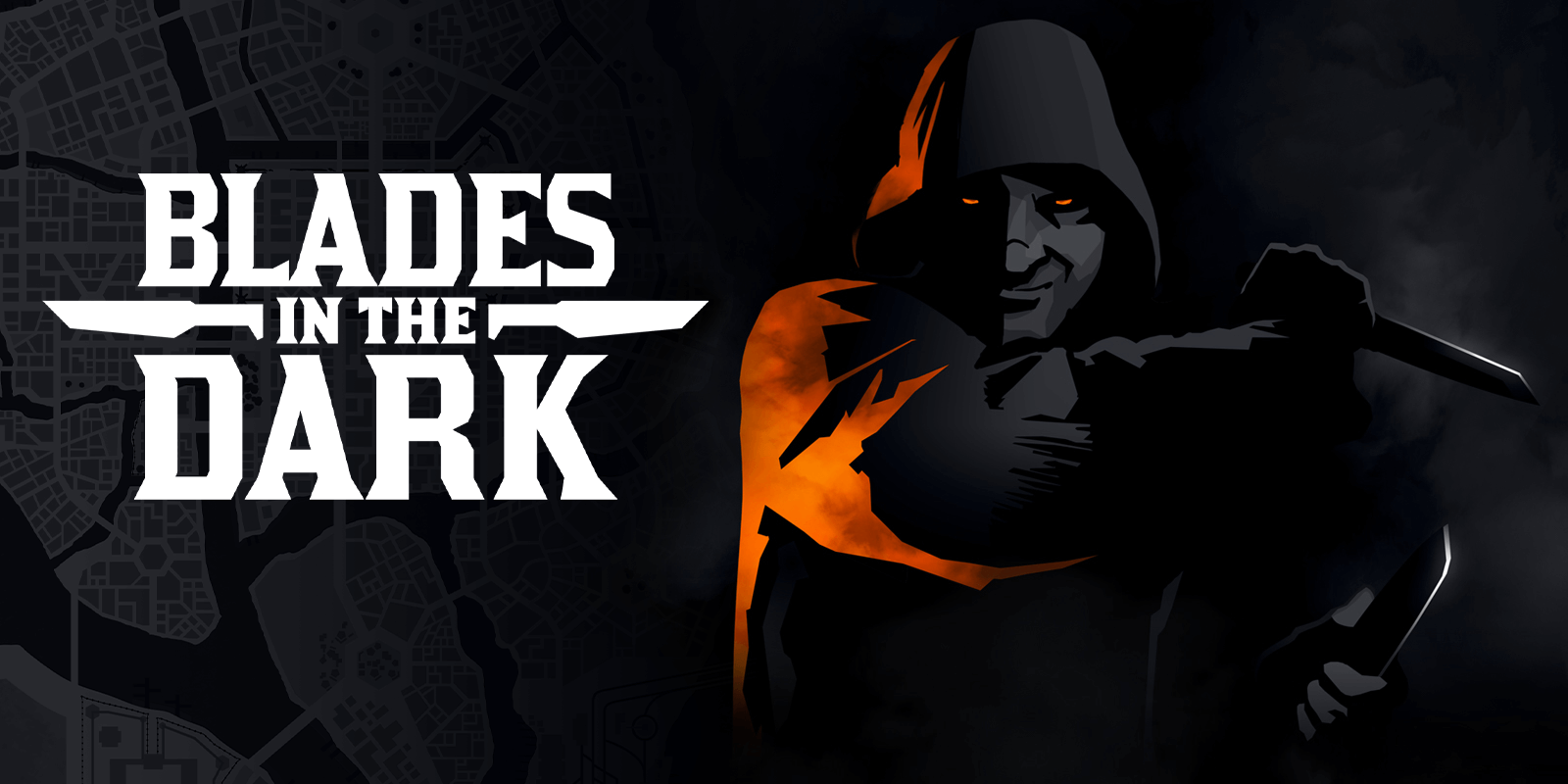
Locales
Chapters
The Basics
The Characters
The Crew
The Score
Downtime
A progress clock is a circle divided into segments (see examples at right). Draw a progress clock when you need to track ongoing effort against an obstacle or the approach of impending trouble.
@TODO add clock illustration
Sneaking into the constables watch tower? Make a clock to track the alert level of the patrolling guards. When the PCs suffer consequences from partial successes or missed rolls, fill in segments on the clock until the alarm is raised.
Generally, the more complex the problem, the more segments in the progress clock.
A complex obstacle is a 4-segment clock. A more complicated obstacle is a 6-clock. A daunting obstacle is an 8-segment clock.
When you create a clock, make it about the obstacle, not the method. The clocks for an infiltration should be "Interior Patrols" and "The Tower," not "Sneak Past the Guards" or "Climb the Tower." The patrols and the tower are the obstacles - the PCs can attempt to overcome them in a variety of ways.
Complex enemy threats can be broken into several "layers," each with its own progress clock. For example, the dockside gangs' HQ might have a "Perimeter Security" clock, an "Interior Guards" clock, and a "Office Security" clock. The crew would have to make their way through all three layers to reach the gang boss' personal safe and valuables within.
Remember that a clock tracks progress. It reflects the fictional situation, so the group can gauge how they're doing. A clock is like a speedometer in a car. It shows the speed of the vehicle—it doesn't determine the speed.
Simple Obstacles
Not every situation and obstacle requires a clock. Use clocks when a situation is complex or layered and you need to track something over time—otherwise, resolve the result of an action with a single roll.
Examples of progress clocks follow.
Danger Clocks
The GM can use a clock to represent a progressive danger, like suspicion growing during a seduction, the proximity of pursuers in a chase, or the alert level of guards on patrol. In this case, when a complication occurs, the GM ticks one, two, or three segments on the clock, depending on the consequence level. When the clock is full, the danger comes to fruition—the guards hunt down the intruders, activate an alarm, release the hounds, etc.
Racing Clocks
Create two opposed clocks to represent a race. The PCs might have a progress clock called "Escape" while the constables have a clock called "Cornered." If the PCs finish their clock before the constables fill theirs, they get away. Otherwise, they're cornered and can't flee. If both complete at the same time, the PCs escape to their lair, but the hunting officers are outside!
You can also use racing clocks for an environmental hazard. Maybe the PCs are trying to complete the "Search" clock to find the lockbox on the sinking ship before the GM fills the "Sunk" clock and the vessel goes down.
Linked Clocks
You can make a clock that unlocks another clock once it's filled. For example, the GM might make a linked clock called "Trapped" after an "Alert" clock fills up. When you fight a veteran warrior, she might have a clock for her "Defense" and then a linked clock for "Vulnerable." Once you overcome the "Defense" clock, then you can attempt to overcome the "Vulnerable" clock and defeat her. You might affect the "Defense" clock with violence in a knife-fight, or you lower her defense with deception if you have the opportunity. As always, the method of action is up to the players and the details of the fiction at hand.
Mission Clocks
The GM can make a clock for a time-sensitive mission, to represent the window of opportunity you have to complete it. If the countdown runs out, the mission is scrubbed or changes—the target escapes, the household wakes up for the day, etc.
Tug-of-war Clocks
You can make a clock that can be filled and emptied by events, to represent a back-and-forth situation. You might make a "Revolution!" clock that indicates when the refugees start to riot over poor treatment. Some events will tick the clock up and some will tick it down. Once it fills, the revolution begins. A tug-of-war clock is also perfect for an ongoing turf war between two crews or factions.
Long-term Project
Some projects will take a long time. A basic long-term project (like tinkering up a new feature for a device) is eight segments. Truly long-term projects (like creating a new designer drug) can be two, three, or even four clocks, representing all the phases of development, testing, and final completion. Add or subtract clocks depending on the details of the situation and complexity of the project.
A long-term project is a good catch-all for dealing with any unusual player goal, including things that circumvent or change elements of the mechanics or the setting.
Faction Clocks
Each faction has a long-term goal. When the PCs have downtime, the GM ticks forward the faction clocks that they're interested in. In this way, the world around the PCs is dynamic and things happen that they're not directly connected to, changing the overall situation in the city and creating new opportunities and challenges.
The PCs may also directly affect NPC faction clocks, based on the missions and scores they pull off. Discuss known faction projects that they might aid or interfere with, and also consider how a PC operation might affect the NPC clocks, whether the players intended it or not.

